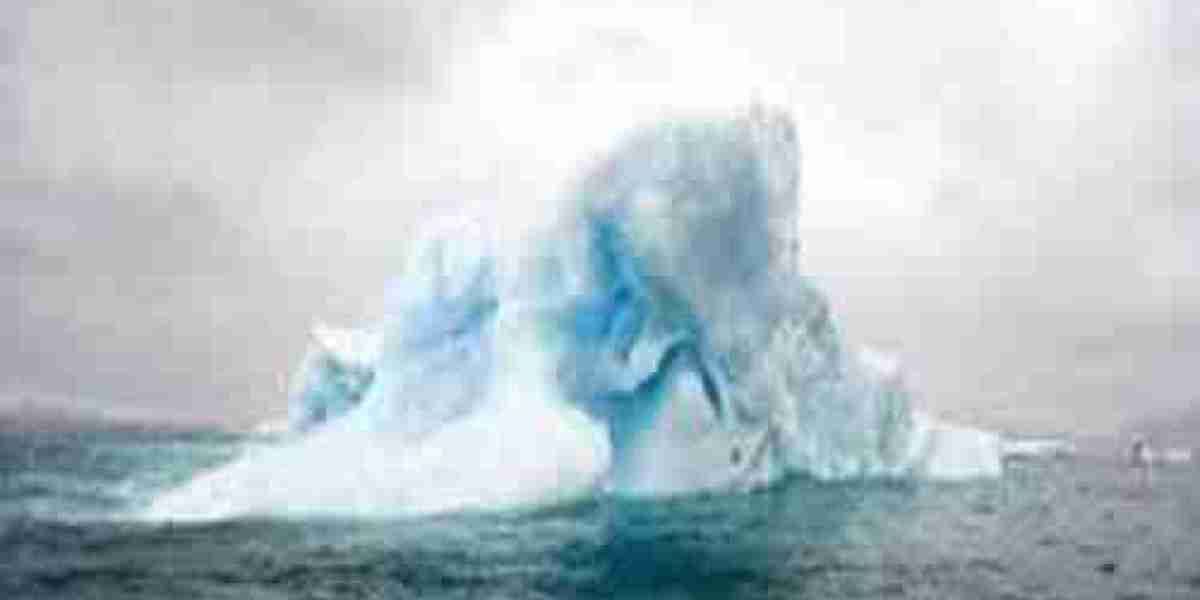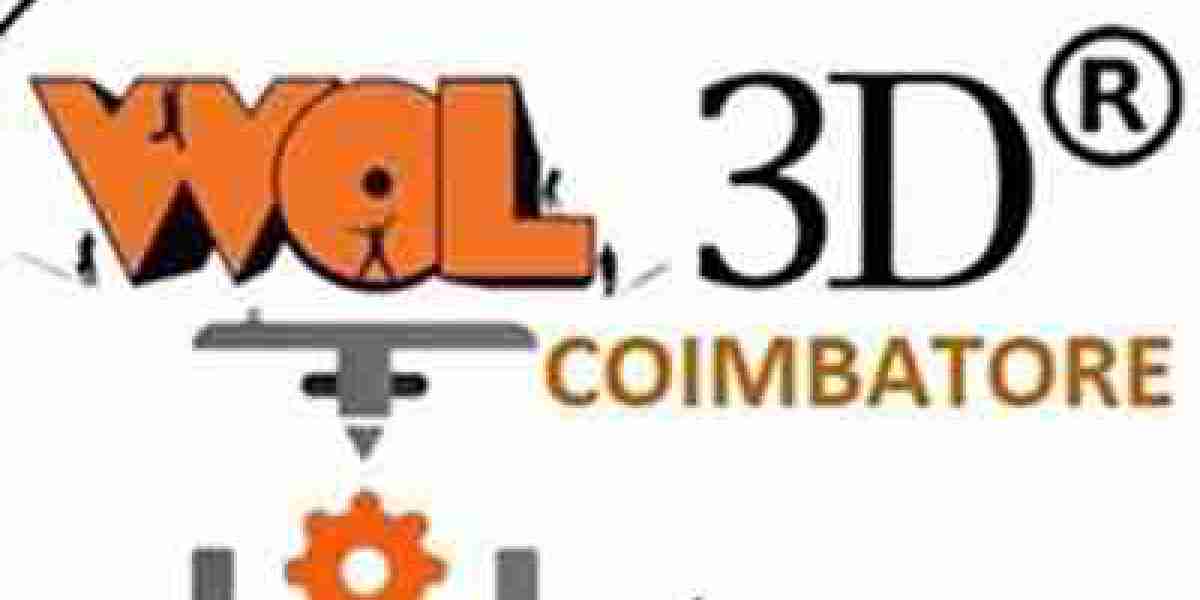In-water surveys are crucial for maintaining the integrity and performance of vessels, infrastructure, and aquatic environments. This article explores the importance of in-water surveys, the methodologies used, and best practices for conducting them effectively.
What is an In-Water Survey?
An in-water survey involves inspecting and evaluating submerged components of a vessel or structure without removing it from the water. These surveys are essential for assessing the condition of hulls, underwater appendages, and other submerged elements, as well as for monitoring environmental changes.
Why are In-Water Surveys Important?
1. Maintenance and Repair
Regular in-water surveys help identify wear and tear, corrosion, and other issues that may require maintenance or repair. Addressing these issues promptly can prevent costly damage and ensure the vessel's optimal performance.
2. Compliance with Regulations
Marine and maritime regulations often require periodic inspections to ensure vessels meet safety and environmental standards. In-water surveys help ensure compliance with these regulations, avoiding fines and legal issues.
3. Environmental Monitoring
In-water surveys can assess the impact of vessels and structures on marine ecosystems. This includes monitoring for biofouling, pollution, and other environmental factors that may affect aquatic life.
Types of In-Water Surveys
1. Hull Inspections
Hull inspections focus on the condition of the vessel’s underwater surfaces. This includes checking for damage, corrosion, and the integrity of coatings. Technologies such as ultrasonic thickness gauging and visual inspections using remotely operated vehicles (ROVs) are commonly used.
2. Propeller and Rudder Inspections
Inspecting propellers and rudders involves checking for damage, cavitation, and other issues that could affect propulsion and steering. This helps ensure the vessel operates efficiently and safely.
3. Environmental Surveys
These surveys assess the environmental impact of a vessel or structure. This can involve sampling water quality, examining sediment, and assessing the presence of biofouling organisms.
Methodologies for Conducting In-Water Surveys
1. Visual Inspections
Visual inspections involve direct observation of underwater components, often using divers or ROVs equipped with cameras. This method is effective for identifying visible damage and anomalies.
2. Ultrasonic Testing
Ultrasonic testing uses sound waves to measure the thickness of materials and detect internal flaws. This non-destructive method is useful for assessing the condition of hulls and other structural components.
3. Remote Sensing
Remote sensing technologies, such as sonar and laser scanning, can provide detailed 3D images of underwater structures. These methods are valuable for comprehensive assessments and mapping.
Best Practices for In-Water Surveys
1. Planning and Preparation
Before conducting an in-water survey, thorough planning is essential. This includes defining the survey’s objectives, selecting appropriate methodologies, and ensuring all necessary equipment and personnel are prepared.
2. Safety Measures
Safety is paramount during in-water surveys. Ensure that divers and operators are properly trained and equipped with safety gear. Follow all safety protocols to minimize risks during the survey.
3. Accurate Documentation
Accurate documentation of survey findings is crucial. Record all observations, measurements, and any issues identified. This documentation serves as a reference for future inspections and maintenance.
4. Follow-Up Actions
Based on survey results, plan and implement any necessary maintenance or repairs. Addressing issues promptly helps prevent further damage and ensures continued compliance with regulations.
Conclusion
In water survey are a vital component of vessel maintenance, regulatory compliance, and environmental monitoring. By employing appropriate methodologies and following best practices, maritime professionals can effectively assess and maintain underwater components, ensuring safety, performance, and environmental protection.














